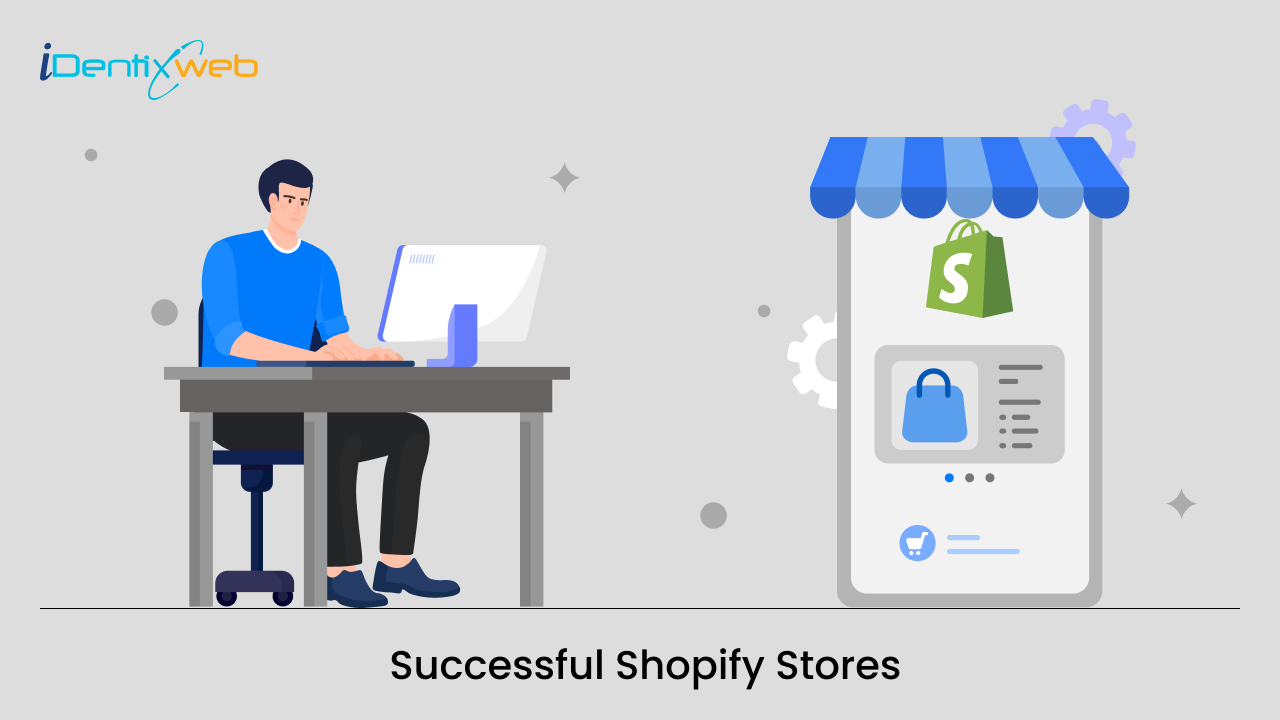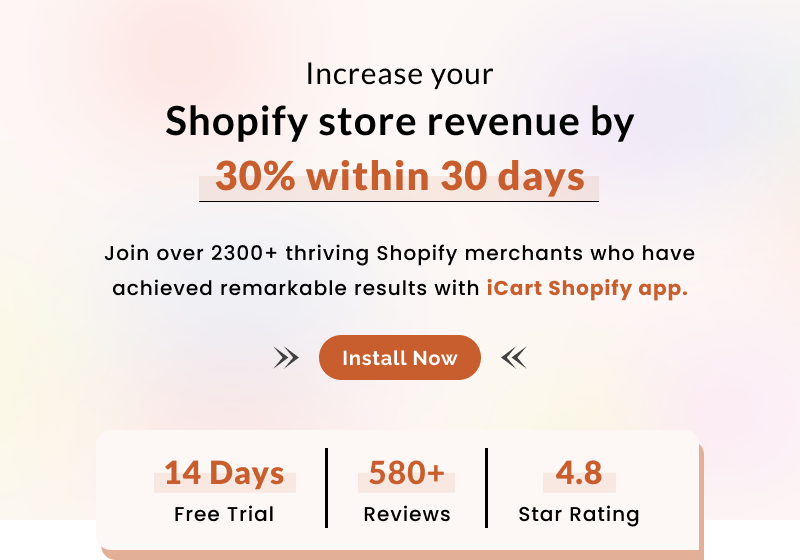
Many dream of starting an online store and earning enough money to pursue their hobbies comfortably. Shopify stores can make that dream a reality if you get it right. Shopify is a fantastic e-commerce platform that can help you generate traffic, boost sales, and increase revenue.
Starting an online store is an exciting venture, and Shopify is a very accomplished platform to help you turn your dreams into reality. If you’re new to Shopify, its easy-to-use interface and powerful features will help you create a successful online business.
But as owners of some of the most successful Shopify stores will be the first to tell you, not all stores make it. The ones who do go on to make a massive success all share tales of a learning curve, failing, and trying again until they get it right. Even Jeff Bezos has failed but got back up and carried on.
We’re sharing a few of the most important tips and some Shopify quick fixes to help you make a successful online stores, and we have some great examples of people who use these tips and tricks to make most profitable Shopify stores.
Pick a Niche-Within-A-Niche
If you’re just starting, there’s no way you can compete with the biggest online retailers in the world. Beware of merely identifying the demand for a product. Also, examine the supply side to ensure large companies do not dominate the sector. Even if your idea is great, some items won’t attract a big audience or make enough profit for a living.
The Fix: Finding the right niche product for your Shopify store can be lengthy and exhaustive. You may need to experiment with several products before you find a winner. It’s essential to locate a profitable niche within a niche rather than directly competing with other retailers. Many Shopify community members have stories of facing failure but not giving up, and trying again. For instance, take a look at Nerdwax.com Shopify store. The owner drew inspiration from geeky guilty pleasures to create a massively successful store.
Create a Great User Experience
Today, online shoppers have an abundance of online shopping options. A slow-loading or cluttered website can make them abandon their shopping journey. Your website may seem messy and untrustworthy if it looks cluttered or has too many pop-ups.
The Fix: Shopify offers tested templates and guidelines for building a website that works well on different browsers. Keep the design simple, ensuring that it naturally guides users from landing pages to product pages and, ultimately, to the checkout page. Get some honest feedback from your friends about how they experience the site. The smoother and more intuitive your store’s navigation, the higher your conversion rates on Shopify will be. Stick to clear calls to action (CTAs) and avoid overwhelming visitors with shouty banners and too many offers.
Consider the example of the Hem.com Shopify store. They use strategically placed pop-ups to direct users from around the world to the appropriate section of the store. It prevents disappointment before customers learn that a product cannot be shipped to their region during checkout.
Make It Safe to Shop and Easy to Pay
Scammers are having a bumper year, and shoppers are becoming increasingly aware of the risks associated with online purchases. Instill confidence in your customers and make their shopping experience safer with this three-fold approach:
The Fix: Firstly, prominently display trust signals like “Verified by Visa” and “Mastercard SecureCode” on your website. These symbols serve as visible reassurance that customers’ transactions are secure and protected.
Secondly, establish partnerships with well-respected payment platforms such as PayPal, Apple Pay, or Google Pay. These industry leaders have robust security measures to make online payments safer.
Thirdly, add multi-factor authentication for your customers as part of your security strategy. It shows customers you care about their data and demonstrates your commitment to their online safety. But the great news is that you not only protect your customers from potential security breaches. You also shield yourself from unwarranted claims, creating a win-win situation for everyone.
To make people trust your product, try a “try before you buy” approach or offer a money-back guarantee. The Raycon Global Shopify store does this.
“Social proof” means that we often make decisions based on what other people think or feel. Why else are we so irresistibly attracted to “cool” vacation spots or bars and restaurants? In the digital age, it also means that we often pick products that are promoted by influencers, other customer reviews, and social media users.
Read more about How Influencer Marketing Can Boost Sales on Shopify?
If new customers can’t find any evidence that your store is successful, trustworthy, and popular, they will be very cautious. Social proof comes in many shapes and sizes, and it’s often the combination of all the signals that can clinch the deal for you.
The Fix: Ask customers for reviews, testimonials, or comments on social media. It can help you build a more credible brand. Don’t give in to the temptation of providing false evidence, as you may get banned from social media platforms. Gymsharks on Shopify has over 6.5 million active supporters and followers. Positive feedback helped them grow steadily.
Use Great Photos
Online shoppers can’t touch or smell your products, so they have to rely on your product imagery to tell the story instead. Low-quality imagery can make your products look cheap and make your store look untrustworthy.
The Fix: Shopify has great guidelines on how to optimize images for the best outcomes. Remember, every product image can tell a fresh new story. Just look at the beautiful images of an otherwise mundane subject on the Happy Earth Tea Shopify store!
Make a Start on Your Own Success Story
There are tens of thousands of successful Shopify stores out there. Some stores make millions of dollars, but many owners earn a good income through Shopify. The platform has attractive themes and tools for customer attraction and conversion. It’s the perfect platform to dip your toes into the deep waters of global e-commerce.








About the author
Alyse Falk
Alyse Falk is a freelance writer with experience in digital marketing, technologies, content marketing, marketing trends, and branding strategies. Alyse also writes for several reputable sites where she shares her hints for creating content.